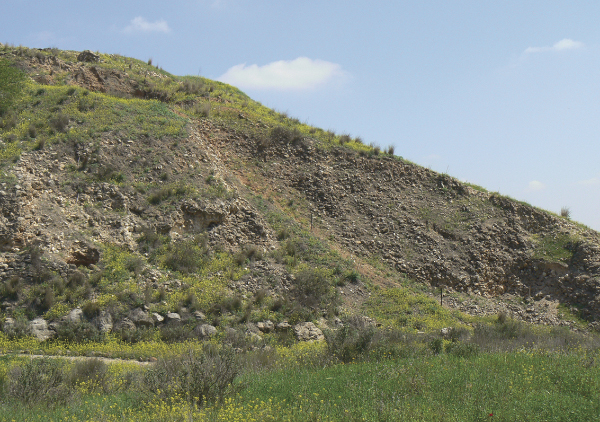Future Restoration (33:1–26)
Houses in this city … have been torn down (33:4). The Hebrew text of verses 4–5 is difficult to understand, partly because of technical terms not common in the Hebrew Bible. Whatever we may say regarding these verses will be provisional and based on some archaeological discoveries, particularly at Lachish and Jerusalem.

Siege ramp of the Assyrians at Lachish
Kim Walton
It was common at this time to build houses either into the wall of the city or right next to it. It is known that those who lived “in the wall” were generally the poor people, who by default lived in the most dangerous and vulnerable place of the city. In this context one can suggest that these houses were considered to be “disposable” by the powerful in the city, so that they were torn down to defend against the siege ramps built up by the enemy on the outside of the city wall (see comments on 6:6). It may well be the case that some of these houses were also used as army barracks, makeshift hospitals, and burial places. Most burial places were outside of the city, but the enemy had control of the surroundings at this point.
Evidence from excavations at Lachish suggests that a counter-ramp was built inside the city in order to strengthen the walls against the Assyrian ramp constructed outside the city wall. This inside ramp was about 120 yards long and rose up over the original wall to a height of three yards.255 Excavations at Jerusalem also suggest that the Babylonians built a siege ramp on the eastern slope that overlooked the Kidron valley. The Babylonians probably availed themselves of precarious houses built on the outside terraces of the city wall.256 These two examples may help us understand the technical terms used in these verses.
In the towns of the hill country (33:12). For the use of geographical locations to provide a panoramic view of the land, see comments on 17:26.
A righteous branch (33:15). See comments on 23:5.